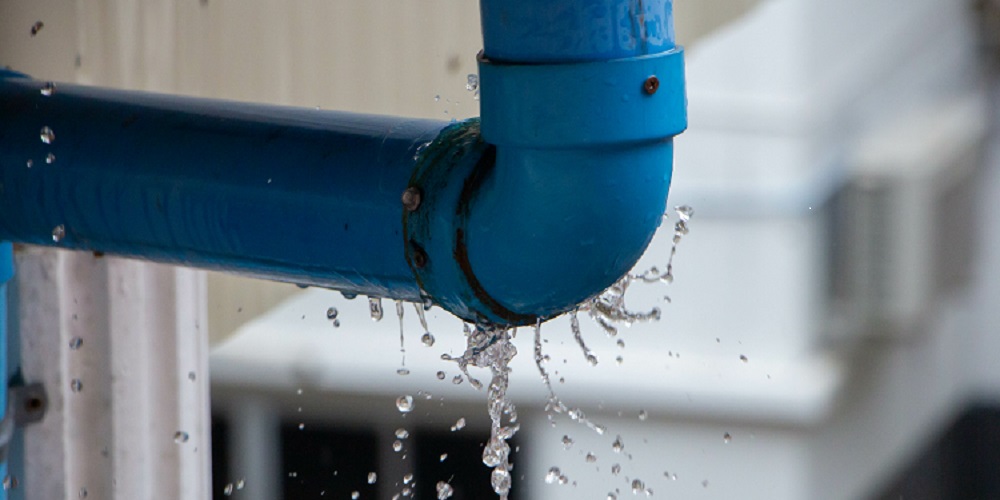In this article down the page you can discover additional wonderful ideas concerning Locating water leaks.
.jpg)
Early discovery of leaking water lines can alleviate a prospective catastrophe. Besides saving you cash, it will decrease the aggravation and also stress. The minute you discover a leakage, calling your plumber for fixings is the best service. Nonetheless, some tiny water leakages might not be visible. If you can not identify it with your naked eyes, here are some hacks that help.
1. Check Out the Water Meter
Every residence has a water meter. Examining it is a guaranteed way that assists you uncover leakages. For beginners, turn off all the water resources. Make sure no one will certainly flush, utilize the faucet, shower, run the washing maker or dishwasher. From there, most likely to the meter as well as watch if it will certainly change. Since nobody is utilizing it, there need to be no movements. If it relocates, that indicates a fast-moving leakage. If you detect no adjustments, wait a hr or two as well as check back once more. This indicates you might have a slow leakage that can even be underground.
2. Examine Water Consumption
If you identify sudden adjustments, regardless of your usage being the very same, it suggests that you have leakages in your plumbing system. An unexpected spike in your bill indicates a fast-moving leakage.
A stable boost every month, also with the same routines, reveals you have a slow leakage that's likewise gradually escalating. Call a plumber to completely check your building, especially if you feel a cozy area on your floor with piping underneath.
3. Do a Food Coloring Examination
30% comes from bathrooms when it comes to water intake. Test to see if they are running effectively. Decline flecks of food color in the tank and wait 10 minutes. There's a leak between the storage tank as well as dish if the color somehow infiltrates your bowl during that time without flushing.
4. Asses Exterior Lines
Don't neglect to check your outdoor water lines also. Should water leak out of the connection, you have a loose rubber gasket. One tiny leak can lose tons of water as well as increase your water costs.
5. Inspect as well as Analyze the Scenario
House owners need to make it a practice to inspect under the sink counters and even inside closets for any bad odor or mold growth. These two red flags indicate a leakage so prompt attention is required. Doing routine inspections, also bi-annually, can save you from a major problem.
If you understand your residence is already old, keep a watchful eye on your heating units, tubes, pipes etc. Check for discolorations and deteriorating as many pipelines and also devices have a life span. They will certainly additionally naturally deteriorate due to tear and also use. If you think dripping water lines in your plumbing system, do not wait on it to escalate. Call a specialist plumber right now so you don't wind up with a dreadful mess in your house.
Early detection of dripping water lines can mitigate a potential disaster. Some small water leaks may not be visible. Examining it is a guaranteed way that assists you uncover leakages. One tiny leakage can waste tons of water and also surge your water bill.
If you think leaking water lines in your plumbing system, don't wait for it to intensify.
How to Know If Your Home Has a Hidden Leak
Water Meter Reveals Inexplicable Water Usage
If you’d like to test whether or not there’s a leak somewhere in your home, you can do this using your water meter. Here is how to conduct the test:
Don’t use any water in your home for at least 30 minutes; this also means not turning on faucets or water-using appliances.
Go outside, and check your water meter for activity.
If your water meter shows that there was activity, even though no one was using any water, this proves that there is a leak in your home.
Visible Mold or Mildew Growth
Leaks behind walls create moist, dark environments that allow mold and mildew to grow and thrive. Eventually, you might see mold growth forming on the wall closest to a hidden leak.
If mold is growing in an area that receives a high amount of moisture, such as a bathroom, it may simply be an indication that better ventilation is needed. However, if you see mold growth on a wall or the ceiling in an area where you would not expect, you probably have a hidden leak.
Musty, Mildew Odor
Sometimes you might not be able to see the mold or mildew that is growing as a result of a leak. However, the smell can give the problem away just as easily. If you catch a whiff of something musty, there’s a good chance that old water is collecting somewhere in your home that you can’t see.
Stained/Warped Walls, Ceilings, or Floors
When your home soaks up water, a variety of red flags can become visible, including ceiling stains, bubbling drywall, warped walls, and sagging floors. While these issues can be caused by excess humidity, they can also be signs that a pipe or plumbing connection has started leaking behind your walls.
Inexplicably High Water Bill
After a while, you get a general sense for what your water bill should be. If you own a pool or sprinkler system, your bill will tend to be higher during summer. However, if you receive a water bill that seems especially high, and you can’t figure out what caused it, then you may have a hidden leak somewhere that’s increasing your bill.
https://www.plumbingjoint.com/blog/2019/july/how-to-know-if-your-home-has-a-hidden-leak/

I ran across that page on Detecting hidden plumbing leaks while doing a lookup on the web. Loved our post? Please share it. Help someone else find it. Thanks so much for your time spent reading it.
Comments on “How to Discover and Repair Service Water Leaks-- A Comprehensive Overview”